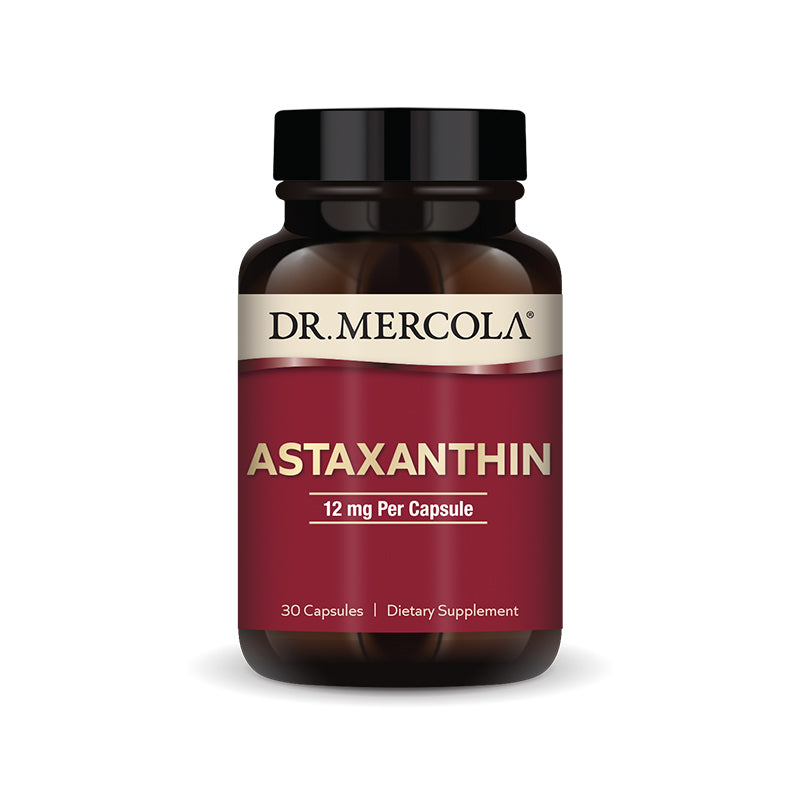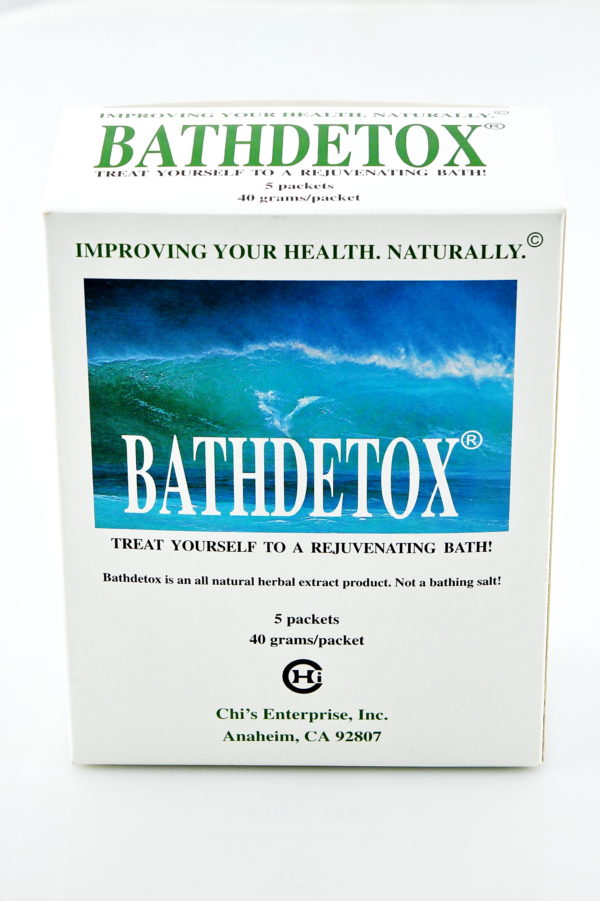by Glen Depke, Traditional Naturopath
You almost never hear about heart disease any more. It is basically out of sight, out of mind.
- Is this because it is not longer an issue?
- Is this because it is simply no longer in vogue?
- Is it because we are winning the battle against this deadly chronic illness?
Here are your answers.
| Prevalence of cardiovascular disease in adults ≥20 years of age by age and sex (National Health and Nutrition Examination Survey: 2005–2008). Source: National Center for Health Statistics and National Heart, Lung, and Blood Institute. These data include coronary heart disease, heart failure, stroke, and hypertension. |
This shows that by the time you reach the age of 40, there is basically an over 30% chance that you will develop heart disease or similar. Over the age of 60 the chances are almost 75% and make it to 80 years old and you are over 80% likely. YIKES!
Obviously this is still and issue and we are not winning the battle, so I guess it is simply not in vogue to discuss heart disease anymore. Heck, we’ve got so much else to talk about right? Cancer, autoimmunity, diabetes and the list goes on.
So where does heart disease fall in with these other in vogue issues?
|
Cardiovascular disease and other major causes of death for all males and females (United States: 2008). A indicates cardiovascular disease plus congenital cardiovascular disease (International Classification of Diseases, 10th Revision codes I00–I99, Q20–Q28); B, cancer (C00–C97); C, accidents (V01–X59, Y85–Y86); D, chronic lower respiratory disease (J40–J47); E, diabetes mellitus (E10–E14); and F, Alzheimer disease (G30). Source: National Center for Health Statistics and National Heart, Lung, and Blood Institute.
|
You can see that these other challenges still pale in comparison to heart disease. Regardless of public discussion, this is a huge impact for our culture. So while cancers get most of the headlines these days, we are missing the boat on a much bigger issue.
|
Cardiovascular disease (CVD) deaths vs cancer deaths by age (United States: 2008). Source: National Center for Health Statistics. CVD includes International Classification of Diseases, 10th Revision codes I00–I99, Q20–Q28; and cancer, C00–C97.
|
Taking this one step further, let’s look at the breakdown of chronic cardiovascular issues as related to deaths.
| Percentage breakdown of deaths attributable to cardiovascular disease (United States: 2008). Source: National Heart, Lung, and Blood Institute from National Center for Health Statistics reports and data sets. *Not a true underlying cause. With any mention deaths, heart failure accounts for 35% of cardiovascular disease deaths. Total may not add to 100 because of rounding. Coronary heart disease includes International Classification of Diseases (ICD), 10th Revision codes I20–I25; stroke, I60–I69; heart failure, I50; high blood pressure, I10–I13; diseases of the arteries, I70–I78; and other, all remaining ICD I categories. |
If you would like the complete PDF of this release follow this link.
Now that I have your attention in regard to the impact of heart disease, let’s talk about the main contributing factors to this cultural challenge.
Of course the biggest issue is cholesterol right? BIG FAT NO! I don’t even want to get into the cholesterol myth here, so if you want my deeper opinion on cholesterol visit this article.
I had the opportunity to reach out to my friend Dr Jonny Bowden, who is also the co-author of the Great Cholesterol Myth with cardiologist Stephen Sinatra, M.D.. In this book they collectively debunk cholesterol and statin drugs, while getting to the core of heart disease. According to Dr Jonny, the three main challenges that contribute to heart disease are:
- Mental/emotional stress
- Inflammation
- Oxidative damage
The big question now is, what do you do about these three areas?
Mental/emotional stress
So how do you deal with the mental/emotional stress? Eliminate your stress right? Well, not likely. It is next to impossible to eliminate the stress in our lives but there is a way out of this. The key is not eliminating the stress but in dealing with stress in a healthy way.
One way to do this is to practice deep breathing techniques. To assist in stress relief follow the directions below.
- Take at least 3 to 5 deep belly breaths every waking hour
- Always take 3 to 5 of these during times of stress
- Inhale through your nose for about a count of 7 while protruding your stomach while allowing your breath to flow down into the area of your belly button
- Hold that breath for a count of 4
- Exhale forcefully through your mouth while contracting your stomach muscles for about a count of 8
Try this when you feel stressed out and you will recognize that you will almost immediately relax.
Inflammation
Inflammation is most often a significant factor in regard to heart disease. The big challenge though, is that so few really understand the complexity of inflammation, it’s triggers, the NF-kB state, your adrenal tie, the self imposed feed back loops and proper dosing of anti-inflammatory protocols.
I have mentioned chronic inflammation many times in the past and for those that are not aware, I refer to this as a NF-kB state. Often clients in my office ask me what NF-kB stands for and honestly, my response generally does not help much, but here we go. NF-kB stands for nuclear factor kappa beta and is defined as a complex group of proteins that controls the transciption of DNA. Obviously DNA transcription play a huge role in any chronic illness including heart disease.
NF-kB controls the expression of genes encoding the pro-inflammatory cytokines, chemokines adhesion molecules, inducible enzymes and growth factors. It is found in all cell types and is involved in cellular responses to stress, cytokines, free radicals and antigens. In short, the chronically activated NF-kB state has been linked to any chronic illness including heart disease.
This NF-kB state is triggered by stress, food intolerance, infection, obesity, addiction and chemotherapy. The frustrating part of this for so many, is that even if you remove all the triggers, the NF-kB state will likely continue to be an issue for you. I cannot tell you how often I have clients in my clinic that feel hopeless and frustrated because they have done so much to be healthy, yet cannot reach their goals. This is often due to the NF-kB self amplifying feedback loops. Understanding this NF-kB state and the feedback loops is the key to one of the biggest impacts in heart disease.
The most important point to make in this article is the fact that you can address the NF-kB state. I have listed the steps used with success at Depke Wellness to address this properly.
*I do not recommend addressing this on your own, so please work with a natural health practitioner that would be considered and expert in the NF-kB state.
- Address food sensitivity and nutritional challenges
- Learn healthy ways of addressing stress
- Address any chronic infections (generally gut related)
- Balance adrenal function
- Increase peripheral circulation
- Balance immune function with glutathione and vitamin D
- Address phase I & phase II liver detoxification pathways
- Take the correct dosage of curcumin and resveratrol (the dosing and form of both is of utmost importance)
I have seen this work with consistency over the years with not only the clients in my clinic but with myself personally. Simply put, if you want to significantly reduce your risk of heart disease, address your NF-kB state.
Oxidative damage
A simple way to define oxidative stress is the damage made to a cell through the oxidative process. Oxidation is a very normal process as it occurs all the time to our bodies. When there are disturbances in the natural oxidation process, such as the attraction of a free radical to another molecule in your body, the results are often toxic effects.
Imagine a piece of iron lying on the ground. As it weathers years of rain, environmental exposure, sun, and other factors, it begins to rust. The rust is caused by oxidation. Free oxygen radicals are created during the metabolism of normal oxygen cells also known as oxidation. These free radicals are missing a simple electron and are in search of another molecule that they can combine with to become whole. In their quest to become whole they fire charges that damage other cells and structures around them. This in turn causes the rust.
In effect your body is “rusting” as it goes through its lifetime, with free oxygen radicals wildly running through your system searching for a mate. Understand that the more free radicals your body contains the more damage that’s likely to be done. The best way to see this damage is through our normal aging process.
To date science has discovered that oxidative stress may very well be the cause of over 70 chronic ailments in your body with heart disease toward the top of the list.
Depending on what form of toxin or stress your body is exposed to on an ongoing basis, you could find yourself suffering, even at an early age, from diseases that could be prevented if only you’d have minimized the harmful free radicals in your system.
Here are just some of the diseases are caused by oxidative damage:
• Heart Disease
• Cancer
• Arthritis
• Lung Disease
• Fibromyalgia
• Diabetes
• Neuro-degenerative Diseases like Parkinson’s and Alzheimer’s
• Autoimmune Diseases
• Eye Diseases like Macular Degeneration
Even back in the early days of man free radicals existed and caused oxidative stress.
They’re inherent to life and a normal byproduct of regular oxygen molecule metabolism. However our bodies were only made to withstand so much exposure to free radicals (even though our body does an amazing job at neutralizing them in a normal, low-toxin setting).
The increased and prolonged exposure to these wild and reckless free radicals cause a faster build-up of “rust” or disease in our bodies.
So what are some of the most common reasons our body’s oxygen molecules oxidize themselves into an increased amount of free radicals? Some of them you’re probably well aware of, and some of them may come as a surprise.
• Environmental and Air Pollution
• Cigarette Smoking
• Excess Stress
• Prescription and Over-the-Counter Medications
• Radiation
• Excessive Exercise
• Over-Exposure to Sunlight
So what do you do to combat this oxidative damage?
The key ingredient to reducing the amount of free radicals in your system is antioxidants. Antioxidants are fantastic little substances that wander through your body, giving up an electron to the greedy free radicals charging through your system. They neutralize the free radicals and allow your body to do its business of excreting them safely and without harm.
Our bodies already make several different types of antioxidants all on their own. But as our exposure to harmful free radicals in the environment and through our lifestyles increase, our need for outside supplies of antioxidants is vital in the war against aging and degenerative disease.
While a good supply of antioxidants come from natural sources like healthy food, we also need to supplement those sources.
Increasingly, our food supply is being degraded through harmful growing practices and soil depletion, and can no longer be relied upon to protect us from the oxidative stress all around us.
With a healthy supply of free-radical-neutralizing antioxidants, you can see how our bodies are better able to withstand and ward off the “rusting” for decades longer than we currently do.
Based on the information in this article you can see that heart disease is still a huge issue in our culture. Hopefully you also recognize the main culprits here behind heart disease and more importantly, the fact that you have the power to make some changes in your own health and wellness to balance these issues.
If you would like to learn more about Depke Wellness addressed heart disease, feel free to call our office at (949)954-6226 and set up your complimentary 20 minute intro today. We can do this in office or over the phone.











